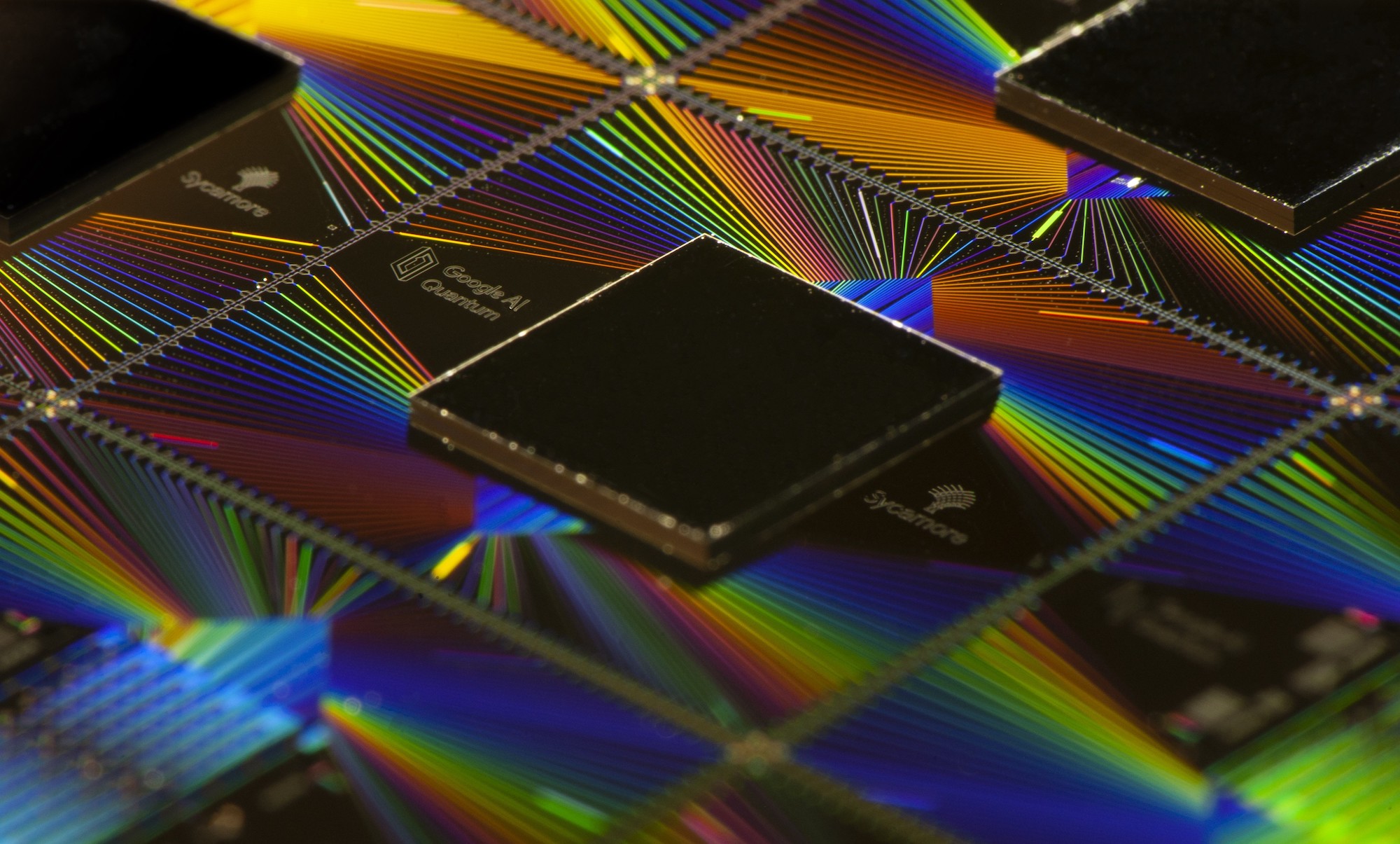Tech
How to do low error quantum calculations

What does this tell us?
Boixo emphasized that the value of the work isn’t really based on the value of performing random quantum circuits. Truly random bit strings might be useful in some contexts, but he emphasized that the real benefit here is a better understanding of the noise level that can be tolerated in quantum algorithms more generally. Since this benchmark is designed to make it as easy as possible to outperform classical computations, you would need the best standard computers here to have any hope of beating them to the answer for more complicated problems.
“Before you can do any other application, you need to win on this benchmark,” Boixo said. “If you are not winning on this benchmark, then you’re not winning on any other benchmark. This is the easiest thing for a noisy quantum computer compared to a supercomputer.”
Knowing how to identify this phase transition, he suggested, will also be helpful for anyone trying to run useful computations on today’s processors. “As we define the phase, it opens the possibility for finding applications in that phase on noisy quantum computers, where they will outperform classical computers,” Boixo said.
Implicit in this argument is an indication of why Google has focused on iterating on a single processor design even as many of its competitors have been pushing to increase qubit counts rapidly. If this benchmark indicates that you can’t get all of Sycamore’s qubits involved in the simplest low-noise regime calculation, then it’s not clear whether there’s a lot of value in increasing the qubit count. And the only way to change that is to lower the base error rate of the processor, so that’s where the company’s focus has been.
All of that, however, assumes that you hope to run useful calculations on today’s noisy hardware qubits. The alternative is to use error-corrected logical qubits, which will require major increases in qubit count. But Google has been seeing similar limitations due to Sycamore’s base error rate in tests that used it to host an error-corrected logical qubit, something we hope to return to in future coverage.
Nature, 2024. DOI: 10.1038/s41586-024-07998-6 (About DOIs).





.jpg)



